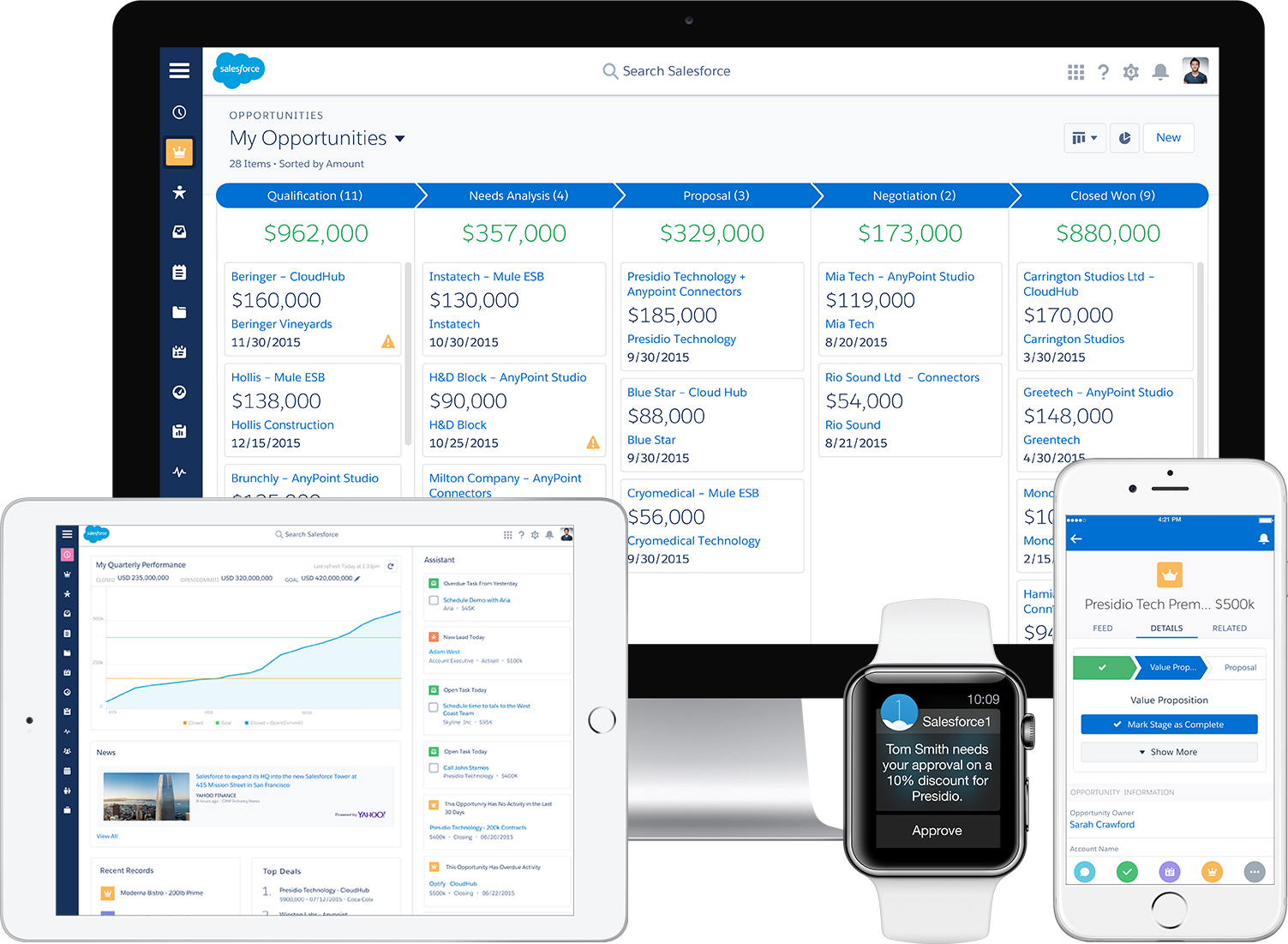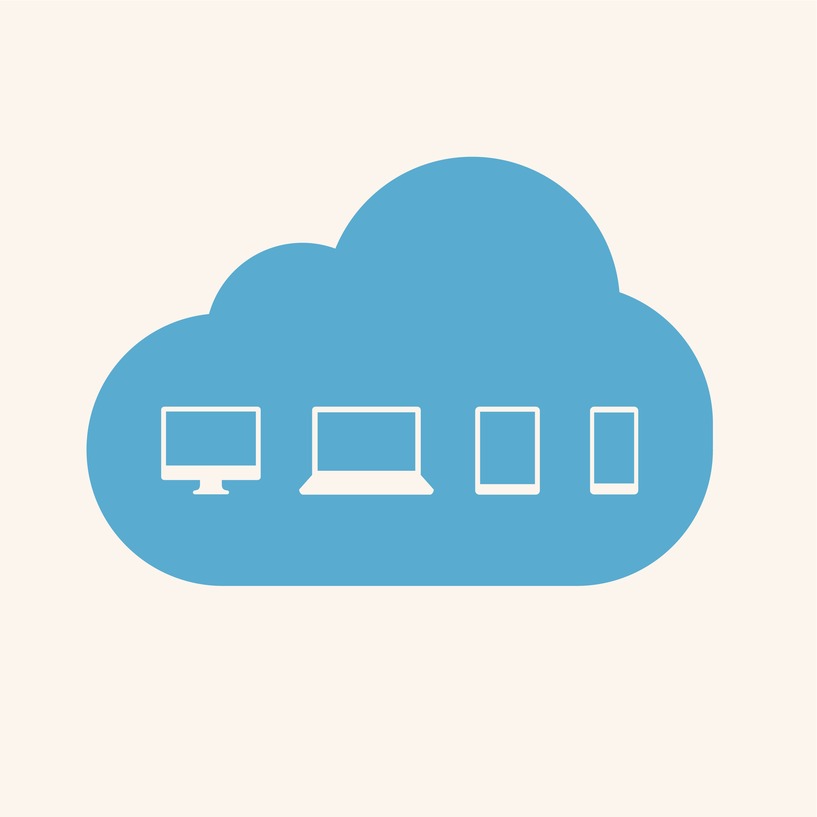Despite being such a highly used platform, Salesforce.com’s user interface has been lacking for quite some time. So, we were excited to hear that they are getting a whole new UI starting October 17, 2015 that is a more modern user experience. This update will also have new features designed to help you sell faster, be more productive, and make better decisions.There will be more than 55 re-imagined Sales Cloud pages and 25 completely new features launching with the Winter ’16 release. The Lightning Framework allows developers to build slick UI’s using the Lightning Design System, the Lightning App Builder and … Read More
Explore the Force.com platform with Trailhead
Are you a Salesforce.com Administrator, Developer, Solution Architect, or Business Analyst? If you want to learn more about the Force.com platform, explore Trailhead. Trailhead is an innovative way to learn about the Force.com platform — whether you are new to the platform or want to dive deep, you can test your knowledge of the platform while earning points and badges to celebrate your achievements. There are about 18 different modules (as of Apr ’15) you can pick and choose from. Each module consists of different tutorials and challenges. Some important modules are listed below: Force.com Basics Formulas and Validations UI Customization … Read More
Salesforce1 Lightning Overview
Salesforce1 Lightning is the fastest way to build enterprise apps. Introduced in October 2014, Lightning is the newest release of the Salesforce1 Platform. Lightning is one monolithic app built on a component framework that can be leveraged to build enterprise apps very rapidly. The Salesforce1 mobile app was entirely rebuilt using Lightning components. Some features of the Salesforce1 mobile app include: Responsive UI across devices Component-based apps Highly extensible and customizable Available everywhere (on smartphones, tablets, within a desktop client aka web browser) Salesforce1 Lightning comprises of: Lightning Connect Lightning Process Builder Lightning Components Lightning App Builder Lightning Connect … Read More
Salesforce Orders
Introduced in Spring ’14, Salesforce Orders create an agreement between your company and a customer to provision services or deliver products with a known quantity, price and time. Salesforce Orders brings Sales and Service processes closer to one another and bridges the GAP between Sales Cloud and Service Cloud. One can create Orders from Contracts and/or Accounts. Reduction Orders and Negative Quantity allows users to process returns and reduce services. After an order is created – Account and Contract fields on an Order cannot be modified. Orders follow the sharing model of it’s Account. Some considerations: Users must have the “Active Orders” … Read More
3 Main Features of Salesforce File Sync
Salesforce File Sync is a Cloud Based Management System that allows users to easily sync files to their salesforce org. The three main features of Salesforce File Sync are: Sync Share Collaborate Sync: To use Salesforce File Sync, users download a desktop application which provides a folder for synced files. Files in the Salesforce File Folder are automatically synced with salesforce and can be accessed from the user’s desktop or the salesforce org. Share: Users can share synced files using chatter or through an external collaborator using a link. Collaborate: Once files are shared, people who have access to … Read More
Migrating changes between Org’s using Change Sets in Salesforce.com
The easiest way to send configuration changes from one organization to another is to use a change set. To send customizations from your current organization to another organization, you create an outbound change set. Once you send the change set, the receiving organization sees it as an inbound change set. Change sets can only contain changes that you can make through the Setup menu, and they don’t support every type of component that can be customized. You also can’t use change sets to rename or delete a component. If you make changes that aren’t supported by a change set, you … Read More
Force.com Development Lifecycle
A sandbox is a copy of your production organization. Sandboxes contain the same metadata—which is configuration information such as the types of custom objects and fields, applications, and workflows—as your production organization. That metadata, as well as data in the case of a full sandbox, is copied to a new organization, completely isolated from your production organization. Operations you perform in your sandbox don’t affect your production organization, and vice versa. Sandboxes are available in Enterprise, Unlimited, and Performance Editions. With Unlimited and Performance Edition, you can create multiple sandbox copies of different types. These sandboxes can be used for … Read More
Components of a Web Service
While building a Web Service (WS), you will design a Consumer Class and an Implementation Class. An Implementation Class contains code/methods that are to be shared with different Consumers. Easiest way to go about the design would be a create an Interface for the Implementation Class and any Consumer would consume the Implementation Class through the Interface i.e. they will call the implementation through the interface, they get to know the contract, and the methods of the implementation through the interface. An Interface is a standard way in which you can share any contract like this with a Consumer. When you … Read More







